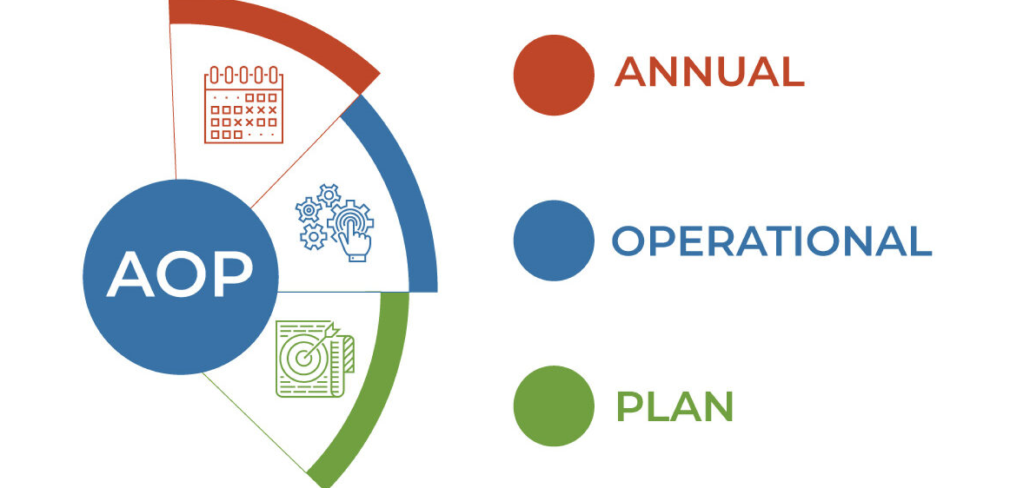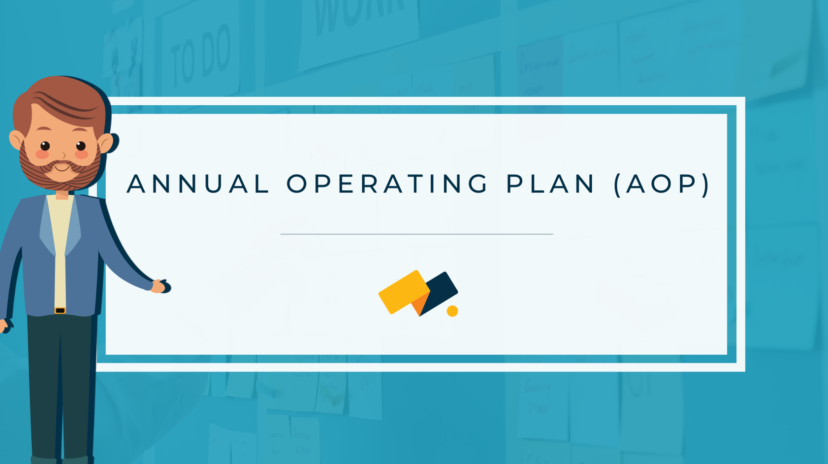Understanding AOP in Finance: Key Insights and Applications
Hit the Ground Running in 2022 with an Annual Operating Plan
In the world of finance, one term that often comes up is AOP, which stands for Annual Operating Plan. But what exactly is AOP and why is it important in financial management? Let’s delve into the concept of AOP and explore its significance in the realm of finance.
An Annual Operating Plan is a comprehensive financial blueprint that outlines the financial goals and objectives of a company for a specific period, typically a fiscal year. It serves as a strategic roadmap, providing guidance on how the company plans to allocate its resources, generate revenue, manage expenses, and achieve its financial targets.
The primary purpose of an AOP is to align the financial activities of a company with its overall business objectives. It sets the direction for the organization, enabling management to make informed decisions and take proactive measures to ensure financial stability and growth.
Creating an AOP involves a detailed analysis of various financial factors, including historical financial data, market trends, sales projections, cost estimates, and operational considerations. It requires collaboration between different departments and stakeholders to ensure that the plan reflects the collective goals of the organization.
One of the key components of an AOP is the establishment of financial targets and performance indicators. These measurable goals provide a benchmark for evaluating the company’s financial performance and tracking progress toward achieving its objectives. By regularly monitoring these indicators, management can identify areas that require improvement and take corrective actions accordingly.

Another important aspect of AOP is the budgeting process. The AOP incorporates a detailed budget that outlines the expected revenues and expenses for each period. This budget serves as a financial control tool, helping management to monitor and control expenditures, optimize resource allocation, and ensure financial discipline within the organization.
A well-crafted AOP also considers potential risks and uncertainties that may impact the company’s financial performance. It includes contingency plans and risk management strategies to mitigate the impact of unforeseen events or market fluctuations. By anticipating and addressing potential challenges in advance, companies can enhance their resilience and adaptability in the face of changing economic conditions.
At the start of every year, many individuals set New Year’s resolutions, but most struggle to follow through with them. Similarly, businesses face the risk of missing out on opportunities and failing to effectively manage their operations without a well-defined plan. An Annual Operating Plan (AOP) is a comprehensive document that includes goals, Key Performance Indicators (KPIs), and budgets to help companies achieve clear objectives. Creating an AOP is akin to making a New Year’s resolution but with a strategic roadmap to prioritize and proactively manage the company’s future.
Creating an Annual Operating Plan
While an AOP can be developed at any time, it is most effective to do so before the start of the fiscal year. This allows businesses to leverage tax planning strategies and commence the new year prepared for the post-holiday slowdown.
To optimize the benefits of an AOP, consider the following components:
Gather a Diverse Team
Incorporating perspectives from employees across the organization is crucial for a strong and executable plan. Employees’ input provides valuable insights into setting realistic goals and increases their commitment to the company’s future. Additionally, hiring an external financial consultant can bring expertise in analyzing data accurately and effectively.
Analyze Previous Years
Reviewing financial statements, budgets, and reports from previous years provides a foundational understanding of the company’s operations. This knowledge informs the creation of an AOP, allowing for the alignment of budgets with specific busy periods and expenses.
Set Realistic Objectives
Define big-picture objectives for the company with measurable outcomes, such as sales growth targets or waste reduction goals. It is advisable to focus on no more than five major objectives to ensure clear and effective prioritization.
When establishing objectives, assess the company’s current status by considering performance across departments, factors impacting the bottom line, areas for improvement, and potential inefficiencies. Set objectives that enhance overall business performance.
Identify Key Performance Indicators (KPIs)
Determine the measurable actions that contribute to achieving the company’s goals. Define specific KPIs for each employee and department, allowing for focused efforts on the most important areas.

Develop Monthly Budgets
Breaking down the yearly budget into monthly allocations facilitates adherence to financial plans. Consider using either a top-down or bottom-up budgeting approach and allow for flexibility to accommodate revenue fluctuations throughout the year.
By budgeting for increased costs or long-term asset purchases during less profitable quarters, businesses can prevent overspending.
Plan for Setbacks
Anticipate potential obstacles that may hinder the company from achieving its goals. Incorporate contingency plans and solutions into the AOP to ensure preparedness in case setbacks occur.
Regularly Review and Revisit
Schedule regular checkpoints throughout the year to assess progress toward the goals outlined in the AOP. Analyze KPIs to gauge proximity to the objectives and identify any factors impeding progress.
Conclusion
For instance, consider a company with an objective to increase sales revenue by 30% and a KPI focused on improving the number of sales calls by five per day. By monitoring the actual number of calls made, the company can identify barriers and make necessary adjustments early in the year. Regularly revisiting the AOP fosters accountability within each department and employee, providing ample time to turn objectives into reality.
By implementing an Annual Operating Plan, businesses can hit the ground running in 2022, maximizing their potential for success and effective performance management.
FAQ
AOP (Annual Operating Plan) is often used interchangeably with the term budget, as both involve financial planning for a specific period. However, AOP typically refers to a detailed plan outlining the expected financial performance and targets for the upcoming year, while a budget can encompass a broader range of financial plans, including long-term budgets and strategic plans.
AOP, in forecasting, stands for Annual Operating Plan. It is a comprehensive financial plan that outlines the expected revenues, expenses, and overall financial performance of a business for a specific year. The AOP serves as a roadmap for financial decision-making and resource allocation, providing a basis for monitoring and evaluating performance against set targets throughout the year.
AOP (Annual Operating Plan) typically includes various components related to a company’s financial operations. It encompasses projected revenues, sales targets, production or service delivery plans, cost estimates, expense budgets, capital expenditure plans, and other financial metrics. The AOP serves as a consolidated view of a company’s financial goals and provides guidance for resource allocation, operational decision-making, and performance evaluation.
In performance management, AOP (Annual Operating Plan) refers to the financial plan and performance targets set for a specific year. It serves as a benchmark against which actual performance is measured and evaluated. AOP in performance management includes financial objectives, key performance indicators (KPIs), and targets that help align individual and team goals with the overall organizational objectives. Monitoring performance against the AOP allows for corrective actions and adjustments to be made to ensure that desired results are achieved.

